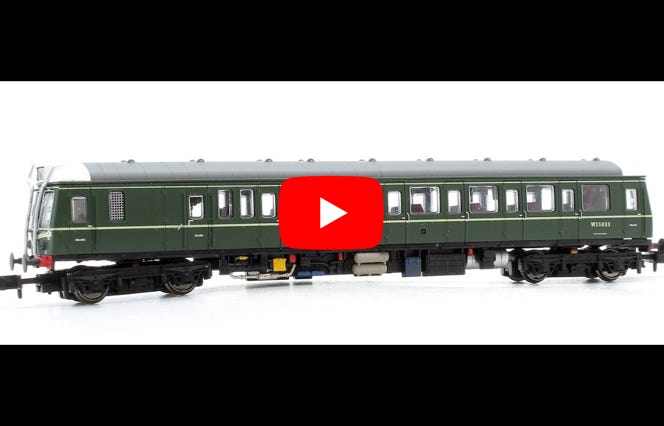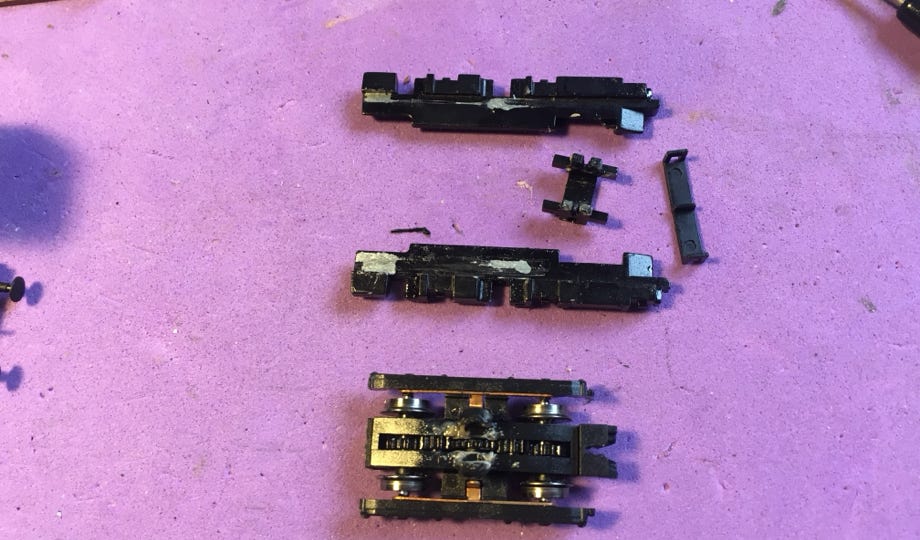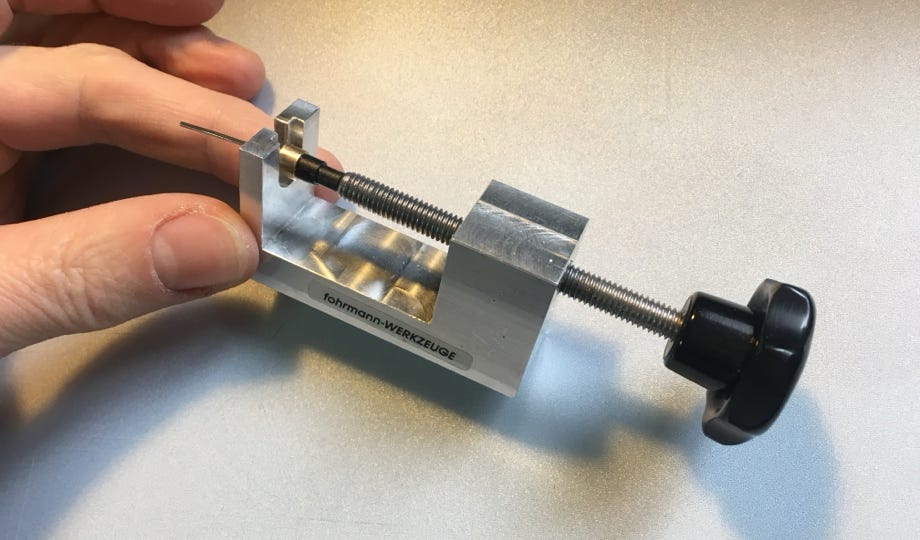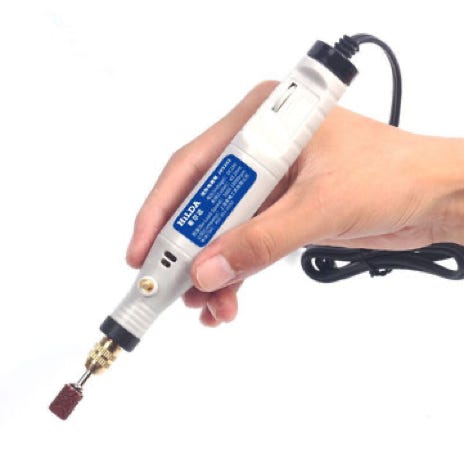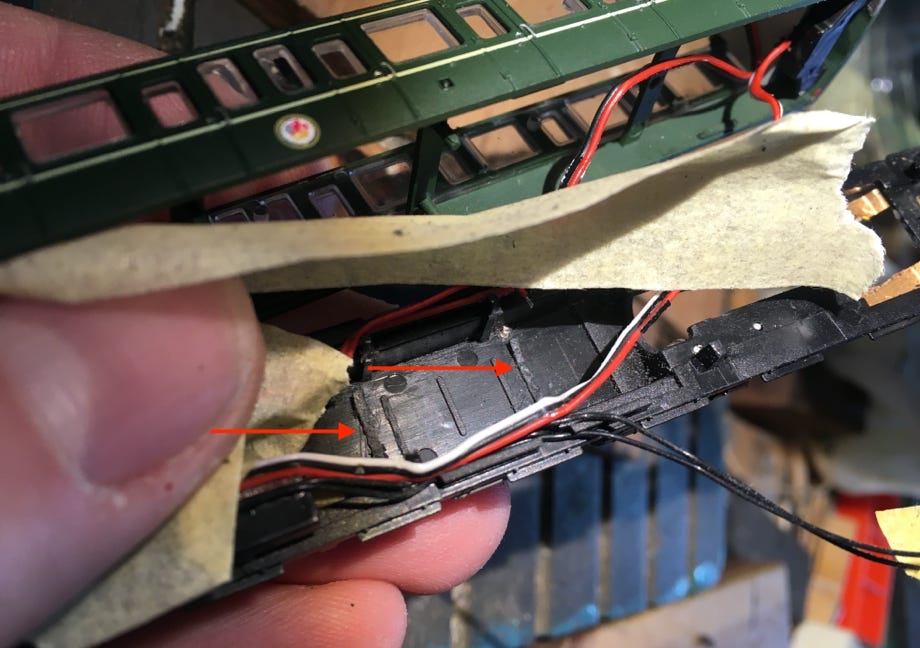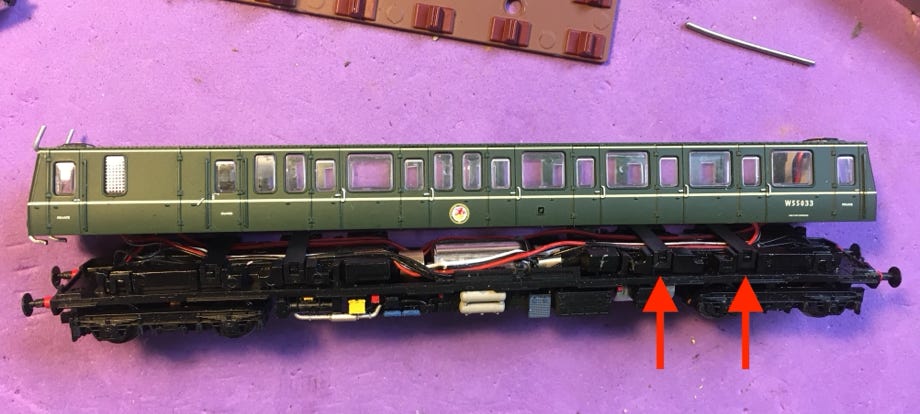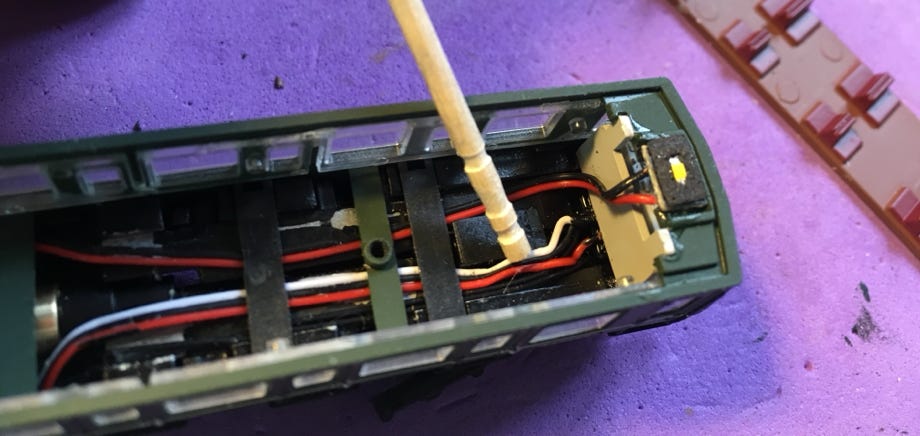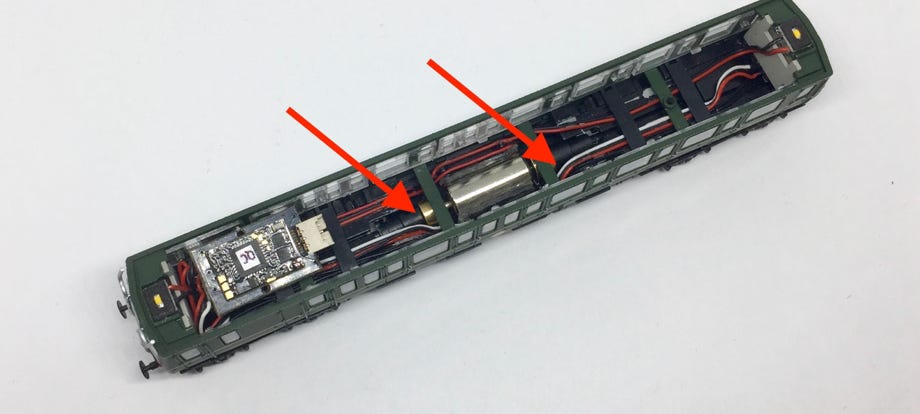


UK based
Prices for UK customers are shown inc 20% VAT
Other countries, inc EU, prices shown are ex VAT.
Conversion Dapol Class 121/122
to coreless motor
What you need for conversion set
- Dapol Class 121 or 122 N gauge
- Small flat screwdriver
- Soldering iron 15W/25W
- Thin wire (link)
- Rotary tool (Dremel etc)/Pilar drill
Makes the work easier:
- Gear puller (link)
- Reamer 0.99 mm
Installation time: <2 hours
Gear fitting service available: You send original motor to us, we take it apart and install flywheels on new motor.
Question? Just reach out!
